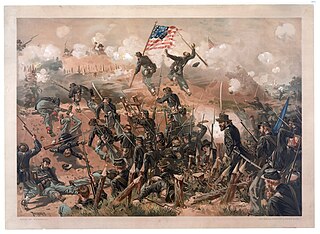
The siege of Vicksburg was the final major military action in the Vicksburg campaign of the American Civil War. In a series of maneuvers, Union Maj. Gen. Ulysses S. Grant and his Army of the Tennessee crossed the Mississippi River and drove the Confederate Army of Mississippi, led by Lt. Gen. John C. Pemberton, into the defensive lines surrounding the fortress city of Vicksburg, Mississippi, leading to the successful siege and the Confederate surrender.

The Army of the Tennessee was a Union army in the Western Theater of the American Civil War, named for the Tennessee River.

Benjamin Henry Grierson was a music teacher, then a career officer in the United States Army. He was a cavalry general in the volunteer Union Army during the Civil War and later led troops in the American Old West.

John Alexander McClernand was an American lawyer and politician, and a Union Army general in the American Civil War. He was a prominent Democratic politician in Illinois and a member of the United States House of Representatives before the war. McClernand was firmly dedicated to the principles of Jacksonian democracy and supported the Compromise of 1850.

Frederick Steele was a career military officer in the United States Army, serving in the Mexican-American War, the Yuma War, and as a major general in the Union Army during the American Civil War. He was most noted for retaking much of secessionist Arkansas for the Union cause, escaping the besieged port-city of Camden through successful deception tactics, and defeating Sterling Price and E. Kirby Smith at Jenkins Ferry.
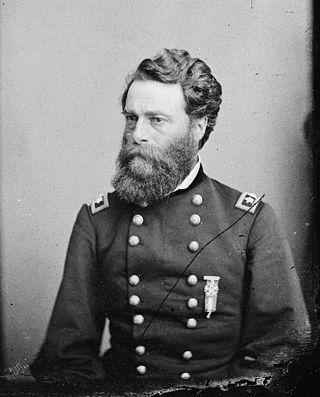
Joseph Anthony Mower was a Union general during the American Civil War. He was a competent officer, and he was well respected by his troops and fellow officers. He was known among his troops as "Fighting Joe". Major General William Tecumseh Sherman said of Mower, "he's the boldest young officer we have".

Simon Goodell Griffin was a Union Army brigadier general during the American Civil War, farmer, teacher, lawyer and New Hampshire state legislator.
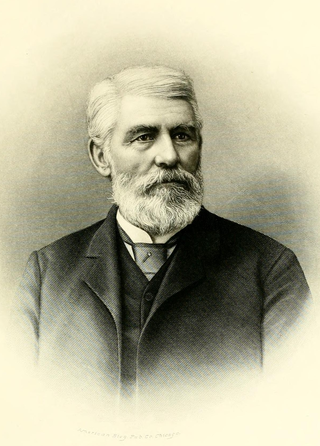
Charles Smith Hamilton was a career United States Army officer who served with distinction during the Mexican–American War. He also served as a Union Army general during the early part of the American Civil War. After the war, he was appointed U.S. marshal for the Eastern District of Wisconsin by President Ulysses S. Grant, and served as president of the University of Wisconsin Board of Regents.
Jasper Adalmorn Maltby was a general in the Union Army during the American Civil War. He participated in two important campaigns in the Western Theater, including the Vicksburg Campaign in 1863. A talented gunsmith, Maltby was the inventor of one of the first telescopic sights.
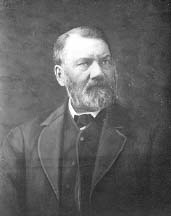
Benjamin Franklin Potts was an American lawyer, politician, and soldier from the state of Ohio who served as a general in the Union Army during the American Civil War, as well as a postbellum governor of the Montana Territory from 1870 to 1883. He commanded a brigade of infantry in the Western Theater in some of the war's most important campaigns and repeatedly received commendations for gallantry and tactical judgement in combat.
Isaac Campbell Pugh was a United States volunteer soldier who was a veteran of the Black Hawk War, the Mexican–American War and the American Civil War; rising to the rank of Brevet brigadier general.
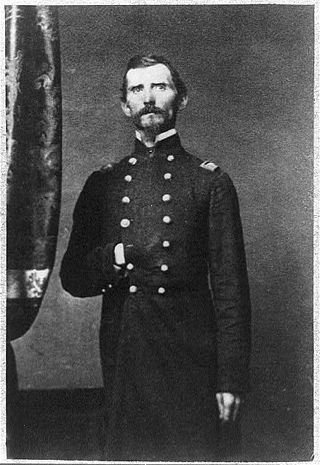
George Francis McGinnis was a volunteer soldier during the Mexican–American War and a Union General during the American Civil War.
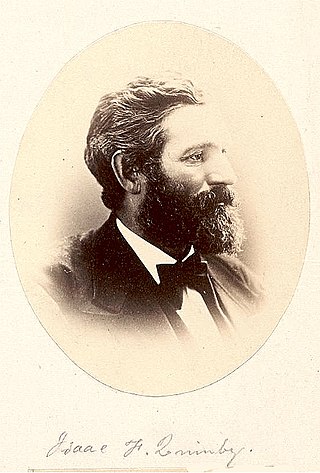
Isaac Ferdinand Quinby was a U.S. soldier and Union general during the American Civil War.

Leonard Fulton Ross was an American lawyer, probate judge, and stock raiser who served as a first lieutenant in the Mexican-American War and as a brigadier general during the American Civil War.
Charles Carroll Marsh was a Union Army officer during the American Civil War. He served with distinction early in the war at the battles of Fort Donelson and Shiloh. He is commonly referred to as "C. Carrol Marsh" in official reports.

Alexander Chambers was a US Army officer, who became a general during the American Civil War.

Isham Nicholas Haynie was a lawyer, politician, soldier and officer in the Union Army during the American Civil War. He was colonel of the 48th Illinois Volunteer Infantry Regiment at the battles of Fort Donelson and Shiloh.
Adolph Engelmann was a farmer, lawyer, postmaster, Mexican–American War veteran, and Union Army colonel during the American Civil War. On May 18, 1866, the United States Senate confirmed his appointment as brevet brigadier general of volunteers.

William Ruben Rowley, was a lieutenant colonel and Military Secretary on the staff of General Ulysses S. Grant during the American Civil War later being brevetted a brigadier general. After moving from New York to Galena, Illinois, he taught in the local school, while also becoming involved in local politics. While living in Galena, Rowley was a neighbor and good friends with Ulysses Grant and John Rawlins before and at the time the Civil War broke out. Under General Grant he fought in the Battle of Shiloh and during the siege at Vicksburg. He was one of nine Civil War generals that came from Galena. After serving in the Union Army he returned to Galena and service in political life. Rowley was among several officers who wrote letters for and rigorously defended Grant against accusations from rivals and reporters that Grant was drinking at the Battle of Shiloh, a battle that he brought to victory. On other occasions during his military and political career Rowley stood by Grant during times of controversy.

Friend Smith Rutherford was a colonel in the Union Army during the American Civil War. He commanded the 97th Illinois Infantry Regiment during the Vicksburg campaign. On June 18, 1864, President Abraham Lincoln nominated Rutherford for appointment to the grade of brigadier general of volunteers and the United States Senate confirmed the appointment on June 28, 1864. Rutherford's appointment was dated June 27, 1864, and it was to rank from June 28, 1864. His appointment was made and commission issued without knowledge of his death on June 20, 1864. Since Rutherford had died, the confirmation technically could not be given and the commission could not become effective. Nonetheless, several sources list Rutherford as a Union Army general, although historian Ezra Warner does not.

















